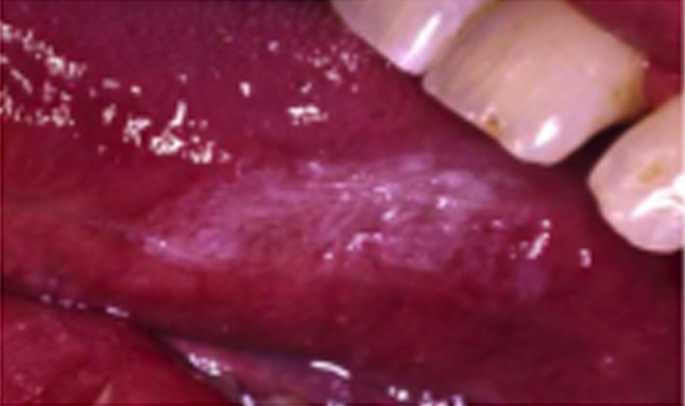An Oral Cancer Screening Just May Save Your Life!
Early detection is the key
During a dental examination your dentist will check your neck and oral tissues for lumps, red or white patches or recurring sores. Screening for early changes in the oral tissues can help detect cancer at the early stages when it can be more successfully treated.
Since early detection is so important, it is a good idea to check your mouth when brushing or flossing. If you notice any changes in the appearance of your mouth such as the following, contact your dentist:
- A sore or irritation that bleeds easily and does not heal
- Color changes such as the development of red or white lesions.
- Pain tenderness or numbness in your mouth
- A lump, thickening rough spot, crust or small eroded area
- Difficulty chewing, swallowing, speaking or moving the jaw or tongue
Smoking especially when combined with heavy alcohol consumption (30 drinks a week or more), is the primary risk factor for oral cancer. In fact, this combination accounts for about 75% of the oral cancers diagnosed in this country. Other lifestyle and environmental factors may also increase your risk of developing oral cancers. Smokeless tobacco products have been linked to oral cancer development and exposure to sunlight for long periods could be a factor in lip cancer development.
You may also be able to protect yourself by modifying your diet. Studies suggest that a diet high in fruits and vegetables may help prevent precancerous lesions.
In summary; look for changes in the soft tissues of your mouth, eliminate known cancer risks like tobacco and alcohol and visit your dentist to have an oral cancer screening.



 California Area Office
California Area Office